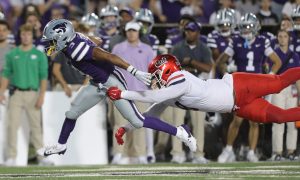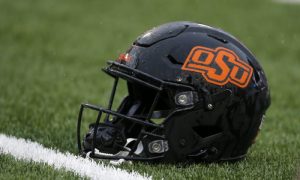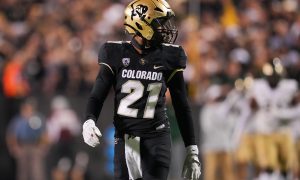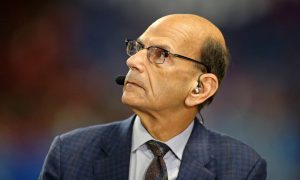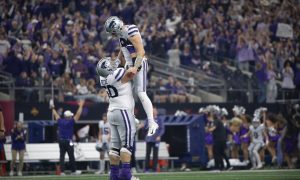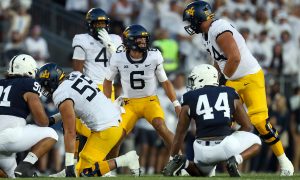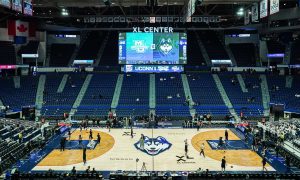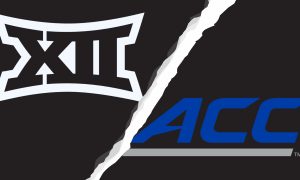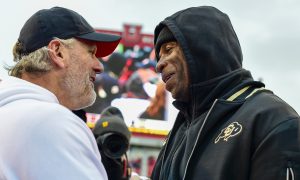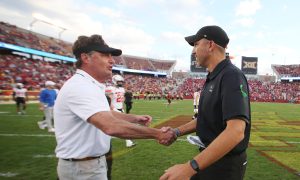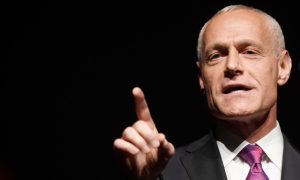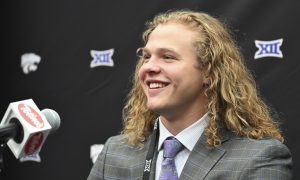How the Big 12 Rapidly Surpassed the Pac-12 for Conference Hierarchy Since 2022
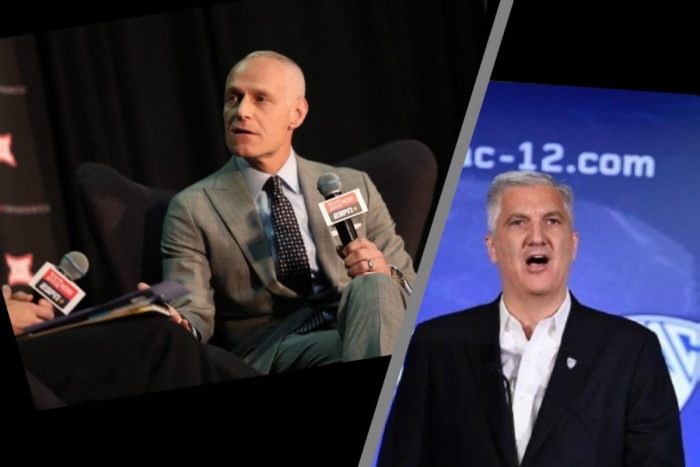
It’s indisputable that it’s been a rough several months for the Pac-12 Conference. The league appeared blindsided when USC and UCLA announced last summer they were leaving the league to join the Big Ten Conference.
And despite what you may have heard from various media outlets, the Pac-12 Conference has become a “distressed brand”, according to an industry source, adding, “The Pac-12 is not appointment viewing”. That leaves the league scrambling for partners in a TV deal that they hope comes close to where the Big 12 will be in its next contract.
It was only a few months ago when the race was on to determine who would become the No. 3 conference in America behind the SEC and Big Ten. The Big 12 and Pac-12 started from the same position, but with the way the Big 12 Conference has maneuvered and navigated the last several months, it’s become clear the Big 12 Conference is set up to take over as the No. 3 Power Conference in college athletics, while the Pac-12’s journey has been defined by missed opportunities, overplaying their hand and not having a read on the market or their own value moving forward.
Where did everything go wrong for the Pac-12?
It all started with the TV negotiations.
Brett Yormark took over as Big 12 Commissioner on August 1st. This was one month after the Trojans and Bruins stunned the college sports landscape with their announcement. The former COO of Roc Nation hit the ground running with trips to Big 12 campuses, learning the league and the landscape, while figuring out what was working and what was not.
Later that month, the Big 12 confirmed it would begin negotiations on a new TV deal. The fact that ESPN and FOX were willing to negotiate early (the deal ran through 2024-25) took away a big advantage of the Pac-12’s, as their commissioner George Kliavkoff had previously said his league was in “the enviable position of being next to market” (the deal ran through 2023-24) after the Big Ten. That was no longer the case.
By the time Yormark and the Big 12 Conference got to the end of September, the league had appointed WME Sports and IMG Media, both Endeavor companies, to facilitate its global content and commercial strategy.
At the time, Yormark said, “We have aligned with a best-in-class team to build a best-in-class business strategy for the Conference. As we ‘Open for Business’ to elevate the Big 12, the expertise and knowledge WME Sports and IMG Media bring to the table is critically important to analyze and evaluate the merit of commercial initiatives that strengthen our brand.”
This is where the Big 12 rapidly began its rise to surpass the Pac-12 Conference in the conference hierarchy.
At this time, Pac-12 Commissioner George Kliavkoff was using Doug Pearlman to negotiate his potential next television contract. Pearlman is the founder and CEO of Sports Media Advisors, a boutique advisory firm which he has operated since 2009. Pearlman and Kliavkoff have a relationship that dates back to their days at University of Virginia Law School. While his resume included senior roles at the NHL and IMG, a deal of this magnitude may have been more than he could handle.
The Big 12 was already off and running with Endeavor, a multi-billion dollar firm with over 7,000 employees. While the Pac-12 was misreading the market, the Big 12 Conference jumped in, didn’t over or under ask, and agreed to a fair deal.
Less than one month after hiring Endeavor, the Big 12 had a new media rights deal with FOX and ESPN. The six-year media rights agreement was reported as being worth a total of $2.28B, an annual average of $380M. The Big 12, which has two years remaining on its current deal, runs through the 2024-25 season at an annual average of $220M in its final years. The new six-year extension runs through 2030-31.
According to an industry source, Brett Yormark’s relationships in the business, combined with the universities trusting him and his judgement, meant the Big 12 was unified in its approach, along with its member institutions, which expedited the process to get this deal done. Yormark’s background speaks for itself, dating back to his time with NASCAR, helping negotiate its deal with Nextel, which was the largest naming rights deal at the time.
As a result, by completing this new TV deal prior to the exclusive negotiating window with ESPN and Fox, the Big 12 received stability and security, which gave them a chance to go seek an extended grant of rights with their member institutions and a leg up on any future conference expansion. In addition, with the shorter deal, the Big 12 will be back in the market ahead of both the SEC, whose deal with ESPN goes through 2034, and the ACC, whose ESPN deal expires in 2036.
A Flailing Pac-12
Fast-forward to October, and the Pac-12’s negotiation with ESPN and FOX failed and headed to the open market. Now, as the calendar turns to 2023, the media landscape is in a much different place than it was even six months ago. The advertising industry is off to a slow start and media companies are preparing for an economic downtown.
As a result, companies are looking at their assets and asking themselves: “What do we need?”
As an industry source noted earlier, if the Pac-12 is not appointment viewing, do they have the leverage needed to get a megadeal done?
The league has bounced around the idea of expansion, with no clear message or plan on when, who or how additional members would be needed to satisfy a television network’s needs and wants.
The clock is ticking, and as each day passes without a TV deal for the Pac-12, expansion remains viable and on the table and the Big 12 continues to run laps around the Pac-12. At one time, the Big 12/Pac-12 debate was a worthy one when it came to the futures of each conference.
Now? It’s not close.

